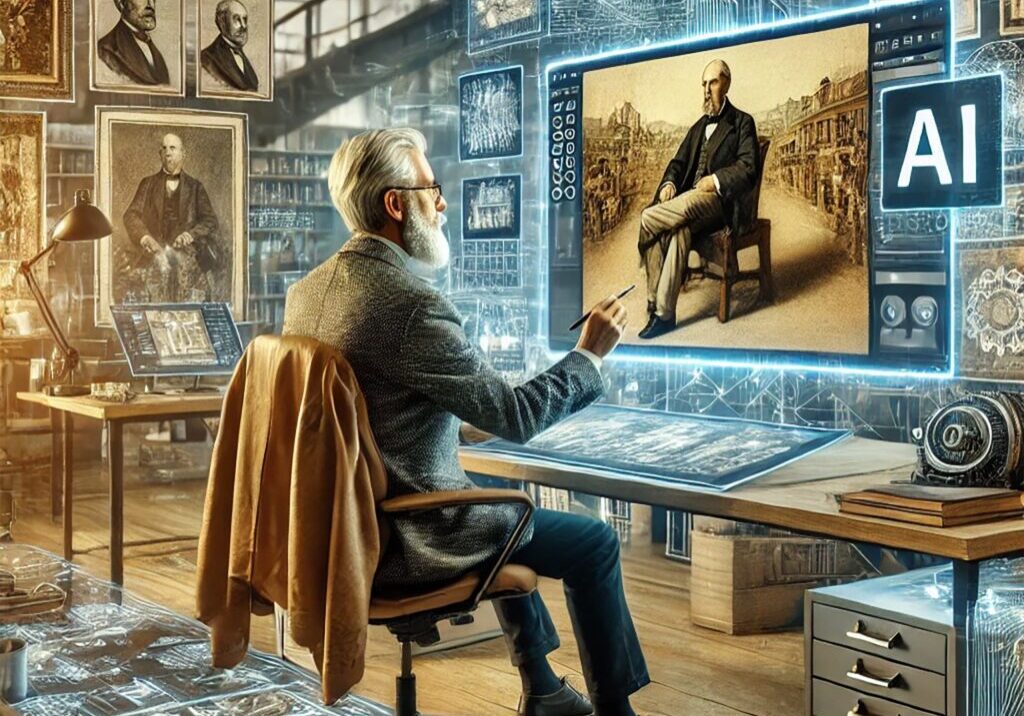
Constitutional Conventions: From a Leaky Roof to a New Nation
When delegates arrived in Philadelphia in the spring of 1787, they were not greeted by soaring ideals. They were greeted by a stifling room, broken windows, and a roof that had seen better years. The Pennsylvania State House, later known as Independence Hall, was hot, humid, and imperfect. So was the country they were there to save.
The Articles of Confederation had proven too weak to hold thirteen states together. Trade disputes festered between neighbors. States printed their own money and ignored federal directives. Shays’ Rebellion had rattled confidence. Foreign powers watched with interest. The Revolution had delivered independence, but not unity. The delegates came not knowing whether they would patch a system or reinvent it. What they built instead was a blueprint for a nation. The Constitutional Convention was never guaranteed to succeed.
Some states refused to send representatives. Rhode Island boycotted altogether. Others sent their brightest and most forceful voices, which often meant more argument than agreement. Washington presided with silent gravity. Franklin offered wisdom but struggled with health. Madison took notes. Hamilton took the floor. And behind every speech was the question no one wanted to say aloud. Could this experiment be saved? What emerged from that summer was not a perfect document. It was a negotiated compromise of power, fear, and fragile hope. Large states wanted influence by population. Small states wanted equal say.
Southern states demanded protections for slavery. Northern states debated how to count the enslaved. The finished product walked the line between ambition and pragmatism. It divided government into branches, balanced authority across institutions, and allowed for its own revision. In the mural, this moment is captured not in portraiture but in posture. Figures lean over tables with open hands and furrowed brows. A quill is paused midair. A chair sits empty near the back, a reminder that some never showed. Outside a tall window, clouds begin to form. The light is gray. The promise is conditional. The Constitution was not embraced immediately. Ratification was bitter. States debated, delayed, and demanded amendments.
The Federalist Papers urged support. The Anti-Federalists warned of tyranny. The Bill of Rights was born not from consensus but from resistance. Even as the ink dried, trust was still being measured. And yet the document held. Not because it was flawless but because it built in its own humility. It created a way for the people to speak again. To revise. To correct. To challenge. That was its genius. Not in the language, but in the invitation. Today we remember the convention as a noble endeavor. But it was also a gamble. Delegates were sworn to secrecy. Notes were guarded. No one knew if they would leave with a solution or simply leave. They stayed. They argued. They compromised. And they delivered a structure that has endured, not without strain, but with surprising resilience. It began under a leaking roof. It began with people who disagreed. It began with the recognition that liberty needed order to survive. And somehow, it worked.

